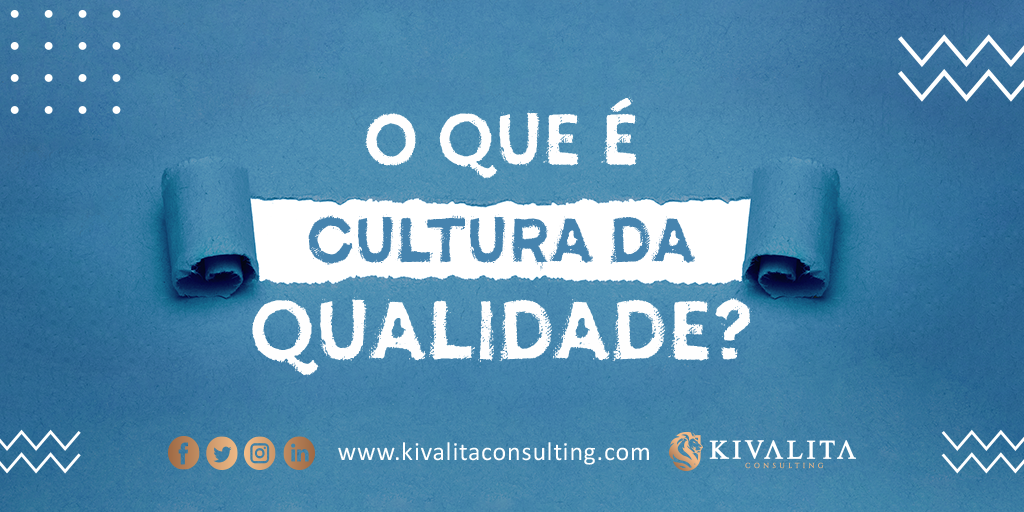When a quality manager realizes that he needs greater control over what happens in the company’s day-to-day, he usually resorts to a self-inspection or even an external audit, to bring a less internalized view of the process, which is in fact a practice required by legislation in the Life Science sector. But is it always the best way when it comes to the business vision?
We believe there is another way to better understand how processes work, and what improvements or adjustments can be made. Gap Analysis comes as a tool for this. The quality sector usually has a very busy day-to-day and the managers of this sector do not usually have time to move away from the processes and understand the root causes of the problems or the reflection of the deviation that starts in quality and transits throughout the area.
An audit is like a “photo” of the current scenario of the processes, visualizing only the deviations. Therefore, a Normal Audit obtains around 40 deviations and opportunities for improvement. With this, we determine that an audit is like a corrective maintenance of processes, acting only on deviations and investigating them. Just like corrective maintenance of a vehicle, changing only the parts that caused the problems.
Gap Analysis works as a critical study of processes, evaluating procedures, regulatory documents such as licenses, operational flows, and interviewing professionals in the areas. With this, we were able to map the entire process and detect the GAPs with regulatory and business strategy impact.
Therefore, a GAP Analysis finds an average of 250 to 400 GAPs per plant which are placed in risk analysis to be treated according to their criticality in the short, medium, and long term.
With this, we determined that a GAP Analysis is like preventive maintenance, predicting the GAPs about the process before the problem happens.
Today, quality needs to overcome the barrier of “sector” and start to see the quality system as something systemic, and the Gap Analysis will help those who are in this phase. In addition, it supports managers who want to transform their team and processes to embrace plans that are usually neglected, of continuous improvement and out-of-time adjustments.
This product is an exclusive Kivalita method and can support any type of project that your company is implementing, which can be: ISO certifications, regulatory adaptation projects, validations and qualifications, laboratory projects and more. Count on our professionals and let’s talk about your demand and how Gap Analysis can help.



